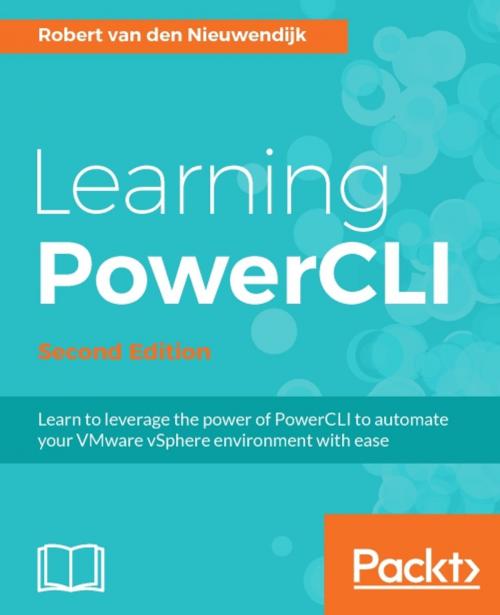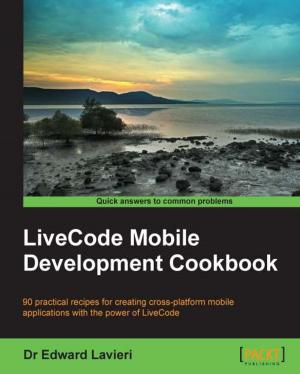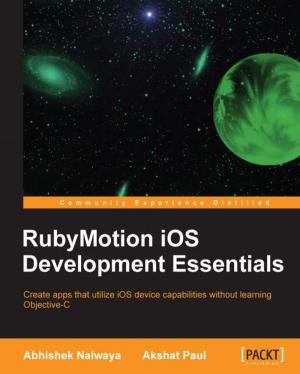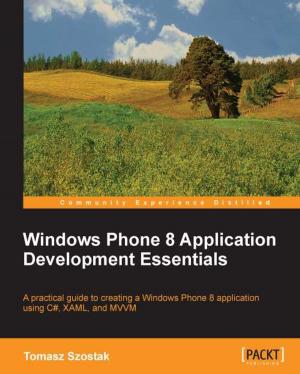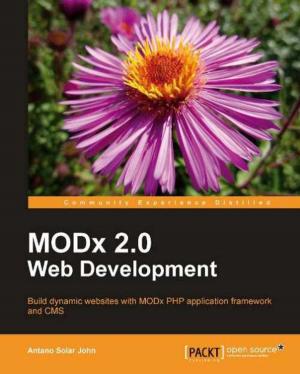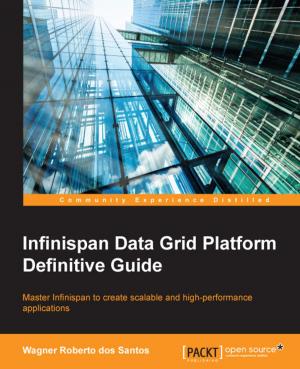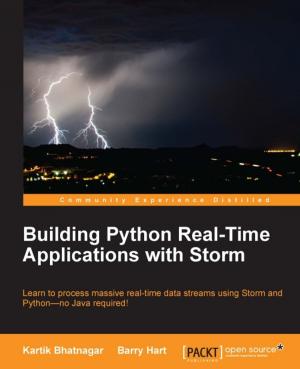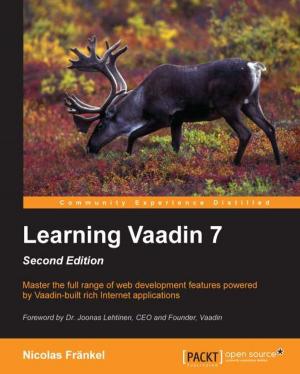Learning PowerCLI - Second Edition
Nonfiction, Computers, Application Software, Business Software, Operating Systems| Author: | Robert van den Nieuwendijk | ISBN: | 9781786466921 |
| Publisher: | Packt Publishing | Publication: | February 24, 2017 |
| Imprint: | Packt Publishing | Language: | English |
| Author: | Robert van den Nieuwendijk |
| ISBN: | 9781786466921 |
| Publisher: | Packt Publishing |
| Publication: | February 24, 2017 |
| Imprint: | Packt Publishing |
| Language: | English |
Learn to leverage the power of PowerCLI to automate your VMware vSphere environment with ease
About This Book
- This is first book on the market that will enlighten you on the latest version of PowerCLI and how to implement it
- Effectively manage virtual machines, networks, and reports with the latest features of PowerCLI
- A comprehensive and practical book on automating VMware vSphere
Who This Book Is For
This book is ideal for you if you want to learn how to automate your VMware vSphere or vCloud infrastructure by getting the most out of PowerCLI. It's assumed that you have some experience in administrating a vSphere or vCloud environment. Knowledge of Microsoft's Windows PowerShell is not a prerequisite.
What You Will Learn
- Explore PowerShell and PowerCLI cmdlets and their output objects
- See how to manage virtual machines and work with virtual networks
- Manage vCloud Director from PowerCLI
- Use Site Recovery Manager from PowerCLI to create a disaster recovery solution
- Manage NSX and vRealize Automation using REST API with PowerCLI
- Create and configure vSphere HA and DRS clusters
- Use vSphere Update Manager with PowerCLI to create patch baselines and scan hosts
- Explore reporting techniques to retrieve log files
In Detail
VMware vSphere PowerCLI, a free extension to Microsoft Windows PowerShell, enables you to automate the management of a VMware vSphere or vCloud environment.
This book will show you how to automate your tasks and make your job easier. Starting with an introduction to the basics of PowerCLI, the book will teach you how to manage your vSphere and vCloud infrastructure from the command line. To help you manage a vSphere host overall, you will learn how to manage vSphere ESXi hosts, host profiles, host services, host firewall, and deploy and upgrade ESXi hosts using Image Builder and Auto Deploy. The next chapter will not only teach you how to create datastore and datastore clusters, but you'll also work with profile-driven and policy-based storage to manage your storage. To create a disaster recovery solution and retrieve information from vRealize Operations, you will learn how to use Site Recovery Manager and vRealize Operations respectively. Towards the end, you'll see how to use the REST APIs from PowerShell to manage NSX and vRealize Automation and create patch baselines, scan hosts against the baselines for missing patches, and re-mediate hosts.
By the end of the book, you will be capable of using the best tool to automate the management and configuration of VMware vSphere.
Style and approach
This comprehensive book will teach system administrators everything about PowerCLI 6 and how to utilize it to automate VMware vSphere.
Learn to leverage the power of PowerCLI to automate your VMware vSphere environment with ease
About This Book
- This is first book on the market that will enlighten you on the latest version of PowerCLI and how to implement it
- Effectively manage virtual machines, networks, and reports with the latest features of PowerCLI
- A comprehensive and practical book on automating VMware vSphere
Who This Book Is For
This book is ideal for you if you want to learn how to automate your VMware vSphere or vCloud infrastructure by getting the most out of PowerCLI. It's assumed that you have some experience in administrating a vSphere or vCloud environment. Knowledge of Microsoft's Windows PowerShell is not a prerequisite.
What You Will Learn
- Explore PowerShell and PowerCLI cmdlets and their output objects
- See how to manage virtual machines and work with virtual networks
- Manage vCloud Director from PowerCLI
- Use Site Recovery Manager from PowerCLI to create a disaster recovery solution
- Manage NSX and vRealize Automation using REST API with PowerCLI
- Create and configure vSphere HA and DRS clusters
- Use vSphere Update Manager with PowerCLI to create patch baselines and scan hosts
- Explore reporting techniques to retrieve log files
In Detail
VMware vSphere PowerCLI, a free extension to Microsoft Windows PowerShell, enables you to automate the management of a VMware vSphere or vCloud environment.
This book will show you how to automate your tasks and make your job easier. Starting with an introduction to the basics of PowerCLI, the book will teach you how to manage your vSphere and vCloud infrastructure from the command line. To help you manage a vSphere host overall, you will learn how to manage vSphere ESXi hosts, host profiles, host services, host firewall, and deploy and upgrade ESXi hosts using Image Builder and Auto Deploy. The next chapter will not only teach you how to create datastore and datastore clusters, but you'll also work with profile-driven and policy-based storage to manage your storage. To create a disaster recovery solution and retrieve information from vRealize Operations, you will learn how to use Site Recovery Manager and vRealize Operations respectively. Towards the end, you'll see how to use the REST APIs from PowerShell to manage NSX and vRealize Automation and create patch baselines, scan hosts against the baselines for missing patches, and re-mediate hosts.
By the end of the book, you will be capable of using the best tool to automate the management and configuration of VMware vSphere.
Style and approach
This comprehensive book will teach system administrators everything about PowerCLI 6 and how to utilize it to automate VMware vSphere.
